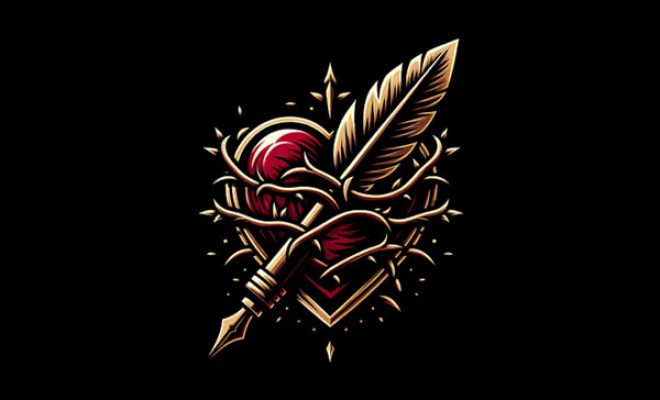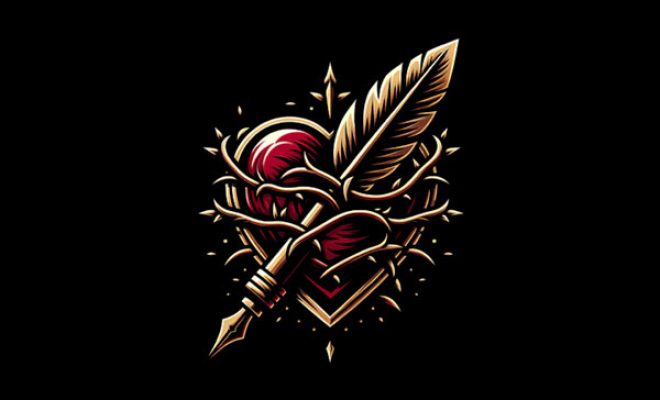The “friends to lovers” trope, a cornerstone of romantic fiction, resonates with readers through its heartwarming portrayal of deep friendship blossoming into romantic love. This narrative device explores the evolution of platonic relationships into romantic ones, highlighting the depth, trust, and understanding that form the foundation of a lasting love. Its popularity is rooted in the relatable dynamics of friendship and the dreamlike notion of falling in love with one’s best friend. According to a poll by Goodreads, the “friends to lovers” trope is among the top five most beloved romance tropes, underscoring its widespread appeal and the universal desire for a love story grounded in genuine companionship. Best-selling author Nora Roberts once described the magic of this trope: “It’s the idea that love is a slow burn, something that’s built on respect, friendship, and a deep understanding of the other person.” However, despite its enduring popularity, the trope faces challenges from its own success, leading to a landscape where many stories feel too similar, lacking in innovation or fresh twists.
This saturation offers writers the chance to reinterpret the trope with new layers and perspectives in less explored territories—such as incorporating unconventional settings, flipping gender roles, or integrating complex societal themes—authors can rejuvenate the “friends to lovers” narrative. This approach not only revitalises the trope but also broadens its appeal, providing readers with richer, more diverse stories that reflect the multifaceted nature of love and friendship in the modern world.
Classic Trope: Friends are always in competition, whether in sports, academics, or careers, which masks their deeper feelings for each other.
Subversion: Their competitive nature leads them into a high-stakes situation where they must choose between their rivalry and their bond. The resolution forces them to confront the fragility of their relationship and the realization that their competition was a way to mask their fear of vulnerability and intimacy, delving into themes of pride, identity, and the courage to be seen.
Classic Trope: Friends from different cultural backgrounds fall in love, navigating the complexities of their diverse worlds.
Subversion: Their journey to love is complicated not just by cultural differences but by a crisis that pits their cultural or familial obligations against their personal desires. This scenario explores the tension between individuality and cultural identity, offering a nuanced look at how love can both challenge and enrich cultural ties.
Classic Trope: Friends pretend to date for a specific reason, only to develop real feelings during the charade.
Subversion: The friends embark on a fake dating scheme as a social experiment or to create a viral social media campaign, only to confront the superficiality of online perceptions versus the depth of their real emotions, questioning the value of authenticity in a digital age.
Classic Trope: Friends decide to enter a physical relationship, believing they can maintain emotional detachment.
Subversion: The arrangement begins as an experiment for a thesis on human relationships, only to have both friends genuinely fall in love, complicating their initial hypothesis and forcing them to confront their feelings beyond the scope of their study. This angle delves into the interplay between intellectual understanding and emotional reality.
Classic Trope: One friend has harboured secret feelings for the other for years, hoping the friendship might one day turn into something more.
Subversion: The friend aware of the unrequited love intentionally dates someone else as a catalyst for their friend to explore their own feelings and desires outside of the friendship, leading to a journey of self-discovery for both. This twist explores themes of autonomy, self-worth, and the idea that love must be chosen, not settled for.
Classic Trope: Childhood friends reunite after years apart and discover their friendship has evolved into attraction.
Subversion: Upon reuniting, they realise they’ve both changed in ways that challenge their previous dynamics, with secrets and past traumas threatening to overshadow their rekindled connection. This scenario delves into the themes of change, forgiveness, and the enduring power of a shared past.
Classic Trope: Childhood friends drift apart due to a misunderstanding or conflict, only to reunite and rekindle their friendship and discover love.
Subversion: Upon reuniting, they realize that the initial rift was caused by external manipulation (such as parental interference or a malicious third party). Unraveling the truth tests their trust and commitment to each other, delving into themes of forgiveness, the impact of external influences on personal relationships, and the enduring bond of first friendships.
Classic Trope: Friends bond over a shared secret or trauma, which eventually leads to love as they support each other.
Subversion: The shared trauma or secret becomes a divisive force when it resurfaces, threatening to tear them apart. Their journey toward romantic love is marked by the challenge of healing and possibly facing justice or societal judgment, underscoring themes of resilience, redemption, and the strength found in vulnerability.
Classic Trope: Friends support each other through various life challenges, their bond strengthening until they realize they’re in love.
Subversion: The friends face a joint crisis that severely tests their relationship, pushing them to the brink of parting ways. Their journey back to each other is fraught with personal growth and the realization that love is not just about support in times of trouble but about choosing each other even when it’s the harder path.
Classic Trope: One friend is about to confess their feelings when they’re interrupted, prolonging the tension and uncertainty.
Subversion: The confession is interrupted by a life-altering event (such as a false criminal accusation or a sudden illness) that shifts their focus from romance to survival and advocacy. Love blossoms not in moments of confession but through acts of unwavering support and sacrifice, challenging the notion that love needs to be declared to be real.
Classic Trope: A love triangle involves two friends and an outsider, creating tension and jealousy.
Subversion: Instead of competing for romantic affection, both friends pursue relationships with the same person, leading to an unconventional polyamorous relationship that challenges their understanding of love, jealousy, and friendship. This narrative explores the dynamics of non-traditional relationships and the various forms love can take.
Classic Trope: Friends make a pact to marry each other if they’re both single by a certain age, leading to the realisation of love.
Subversion: As the deadline looms, both friends are already in relationships but start questioning their compatibility with their current partners compared to the depth of their friendship. This scenario delves into the complexities of love versus compatibility, challenging the notion of romantic love as the ultimate form of relationship.
Classic Trope: Friends consider themselves platonic soulmates, perfectly content until romantic feelings complicate their dynamic.
Subversion: They actively choose to remain platonic soulmates, exploring the depth of their emotional intimacy without crossing into romantic territory. This narrative challenges the societal expectation that the ultimate form of love must be romantic and sexual, highlighting the value and depth of platonic love.
Classic Trope: Friends from wildly different worlds or with contrasting personalities find love with each other, defying expectations.
Subversion: Their differences are not just quirky contrasts but stem from deeply held, opposing beliefs or lifestyles, leading to a complex exploration of whether love can truly bridge ideological divides, or if mutual respect and understanding are enough to sustain a relationship.
Classic Trope: Friends act as each other’s dating coaches or wingmen, only to realize they want to be each other’s final choice.
Subversion: They set out to sabotage each other’s dates under the guise of helping, driven by unrecognized jealousy. The escalation of their schemes leads to a dramatic fallout, forcing them to confront the destructive nature of their actions and the depth of their feelings, exploring the darker sides of love and jealousy.



